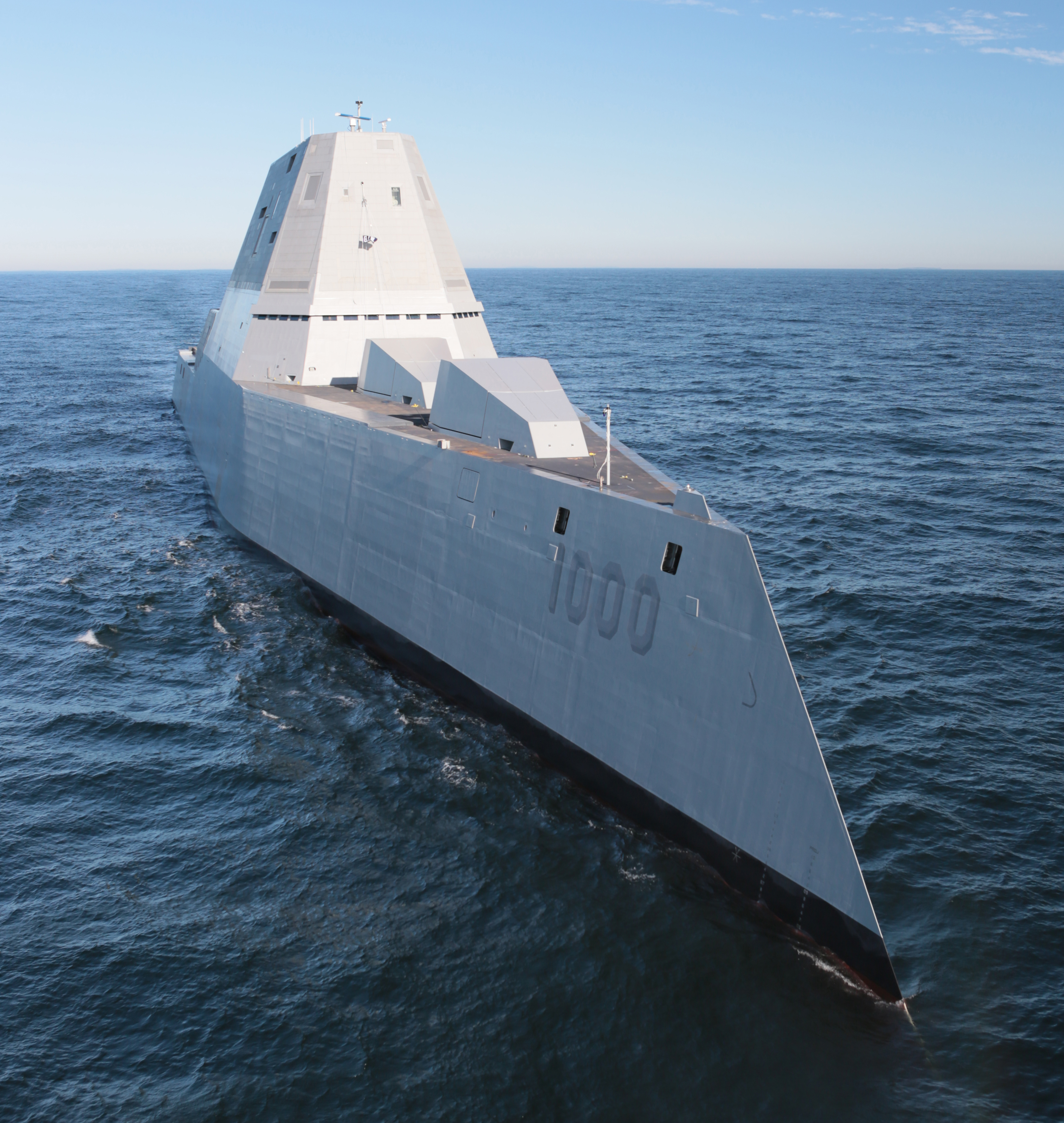Colleagues: More and more concern has been demonstrated by the Secretary of Defense regarding the unsustainability of America’s military spending. He has proposed severe cutbacks in major weapon systems, reducing headquarters (including at the Pentagon), cutting the number of General officers and commands, and looking hard at any aspect of the budget that does not contribute to “winning the wars we have” (as opposed to wars we might fight in the future).
Actually, as the Heritage Foundation notes, under the current Administration domestic entitlement programs and interest on the national debt remain firmly entrenched as the fastest growing portions of the federal budget; only discretionary programs are at risk for budget cuts. Accounting for 60 percent of discretionary funds, national security is the most at-risk slice of federal spending. Thus it is not surprising that defense officials are increasingly concerned about formerly peripheral issues, like the spiraling national debt.
In this environment, I found it interesting that the Chairman of the JCS, Admiral Mike Mullen, in a tour of the U.S. last week, has highlighted the burgeoning national debt as “Americans #1 security challenge”.
Mullen noted that a healthy American economy cannot be tied to future interest payments that may outstrip our ability to fund virtually anything else. He noted that “interest on the debt will nearly equal the defense budget in two years”. (Actually CBO numbers show the interest payment surpassing the Pentagon’s 2010 budget in 2019.).
Two comments: First, it is highly unusual for the CJCS to venture an opinion on American economic policy, and second, to state that a non-defense challenge represents our major security concern. Kudos to the Chairman, since I agree with him, but still an interesting departure from the norm for any CJCS. This, of course, would not have been done without Gates’ approval, but I doubt Mullen ran this by the White House first!
As you know Secretary Gates wants to reduce defense spending by $100 billion, and major weapon systems unrelated to the counter-insurgency focus are on his radar screen. Within the national security budget, Heritage opines (accurately in my view) that spending for the Navy (including Marine Corps funding) is the most likely to suffer major cuts—even though it comprises only 25 percent of the overall Department of Defense (DOD) budget. Major USAF weapon systems are also at risk, as are Army systems designed for conventional/nuclear war.
On that, I received a promo from a friend about the Farmborough Air Show, where the F-22 Raptor apparently put on a dazzling display. My comments back:
1. Gee, I guess this F-22 really has Al Qaeda, the Taliban and any envisioned enemy shaking in their boots! Doubt it.
2. Secretary Gates has severely limited production of the F-22 in favor of counter-insurgency forces and unmanned aircraft, given the astronomical costs of the F-22 and F-35.
3. Excerpt from the Economist yesterday on this:
The Economist
August 28, 2010
Defence Spending In A Time Of Austerity
The chronic problem of exorbitantly expensive weapons is becoming acute
Farnborough and Washington, DC — There were the starlings: aerobatic teams with mesmerising group displays. There were the albatrosses: Boeing’s 787 Dreamliner and Airbus’s A380, heavy airliners that still manage long, effortless flight. And there were the buzzing propeller-driven military transporters, including the latest, the Airbus A400M. But the star turn was reserved for the birds of prey, the jet fighters.
At this summer’s Farnborough air show, outside London, America’s most advanced fighter, the F-22 Raptor, announced its power with a thunderous roar. Many think of fighters in terms of speed, altitude and agility. But even more impressive is to see the Raptor at low speed, hovering almost stationary in the air, its nose pointing upwards, like a child’s toy strung up to the sky. In mock battles, its stealth and sensors allow a lone Raptor to kill a flock of any other kind of aircraft.
But the fighter is an endangered species. One threat comes from success: in Iraq and Afghanistan, Western forces have been uncontested in the air, if not on the ground, so sophisticated fighters seem less relevant. Another comes from technology: the advance of robotic warfare may, at some point, make the pilot in the cockpit redundant. The aircraft that American field commanders most clamour for is not the F-22 but helicopters and the Predator, an unmanned drone able to stay aloft for a day. The fighter pilot seems to be losing his dash. Farewell Tom Cruise in “Top Gun”. Goodbye Biggles, the British adventure-book hero. In their place, welcome the faceless drone operator sitting in a windowless container in the Nevada desert.
Well, eventually perhaps. The extent to which unmanned aircraft could or should supplant piloted ones will be debated for decades. For the moment, though, a third danger is more immediate: the economic crisis, which is forcing Western countries to cut expensive military equipment.
Robert Gates, America’s defence secretary, has ordered that production of the F-22 should end this year, capping the fleet at 187—a final cull for the Raptor, whose numbers were once supposed to reach about 750. In Europe orders for the Typhoon—a fighter made by Britain, Germany, Italy and Spain—will fall. And on both sides of the Atlantic the rising cost of the stealthy F-35 Joint Strike Fighter means its order book could shrink sharply. /////////////
Editorial aside: Looking at the rising costs of the wars in Afghanistan and Iraq, and the escalating per unit costs of major weapons systems, one wonders if some time in the future we will be contemplating buying at best a few tanks, a couple ships, and a fighter or two! — Ty

